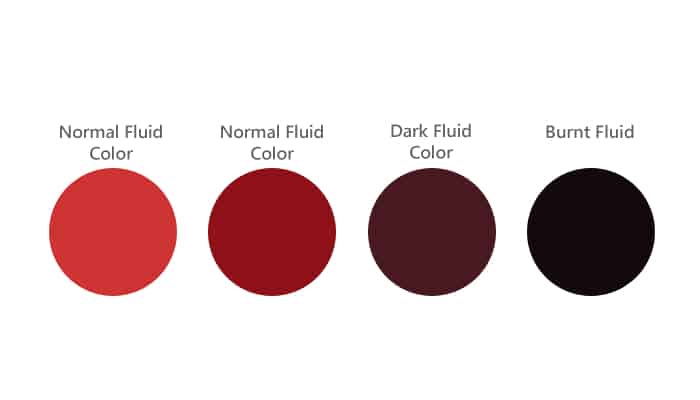2006 Dodge Dakota 4.7 Transmission Fluid Capacity
If you’re a proud owner of a 2006 Dodge Dakota 4.7, you may find yourself wondering about the transmission fluid capacity. Well, wonder no more! In this article, we’ll give you all the blunt and straightforward information you need, without any sugarcoating. So, let’s dive right in!
Transmission Fluid Capacity and Type
| Popular posts |
|---|
| What to do to prolong the life of your manual gearbox |
| Automatic transmission: what it is, how it works |
To keep your Dodge Dakota 4.7 running smoothly, it’s essential to know the correct transmission fluid capacity and type. Here’s a table that provides you with the necessary information:
| Transmission Fluid | Capacity (Quarts) | Capacity (Liters) |
|---|---|---|
| Automatic Transmission | 13.5 | 12.7 |
| Manual Transmission | 3.8 | 3.6 |
Now that you have the numbers, let’s move on to the next steps.
Transmission Fluid Replacement
If you’re looking to replace your transmission fluid, here’s a straightforward guide to get the job done:
- Make sure your vehicle is parked on a level surface and the engine is turned off.
- Locate the transmission fluid dipstick. It’s usually labeled and can be found near the back of the engine bay.
- Remove the dipstick and wipe it clean with a lint-free cloth or paper towel.
- Reinsert the dipstick fully and then remove it again to check the fluid level. The fluid should be within the designated range on the dipstick.
- If the fluid level is low, you’ll need to add the appropriate transmission fluid. Refer to the table above for the correct capacity.
- Using a funnel, slowly pour the transmission fluid into the dipstick tube. Be careful not to overfill, as it can cause damage to the transmission.
- After adding the fluid, recheck the level using the dipstick. Repeat the process until the fluid is at the proper level.
- Once you’re satisfied with the fluid level, securely reinsert the dipstick and close the hood.
Remember, it’s crucial to follow the manufacturer’s recommendations and use the correct type of transmission fluid. Using the wrong fluid can lead to serious damage and costly repairs.
Safety Precautions
While performing any maintenance on your vehicle, safety should always be a top priority. Here are a few safety precautions to keep in mind:
- Wear protective gloves and eyewear to prevent any contact with the transmission fluid.
- Ensure the vehicle is securely parked and the parking brake is engaged.
- Allow the engine and transmission to cool down before attempting any work.
- Always dispose of used transmission fluid properly and in accordance with local regulations.
By following these safety precautions, you can minimize the risk of accidents or injuries while working on your vehicle.
In conclusion, knowing the transmission fluid capacity and type for your 2006 Dodge Dakota 4.7 is essential for proper maintenance. With the information provided in this article, you can confidently tackle the task of replacing your transmission fluid. Just remember to follow the steps, use the correct fluid, and prioritize safety. Happy maintenance!
What Color Should Transmission Fluid Be?


